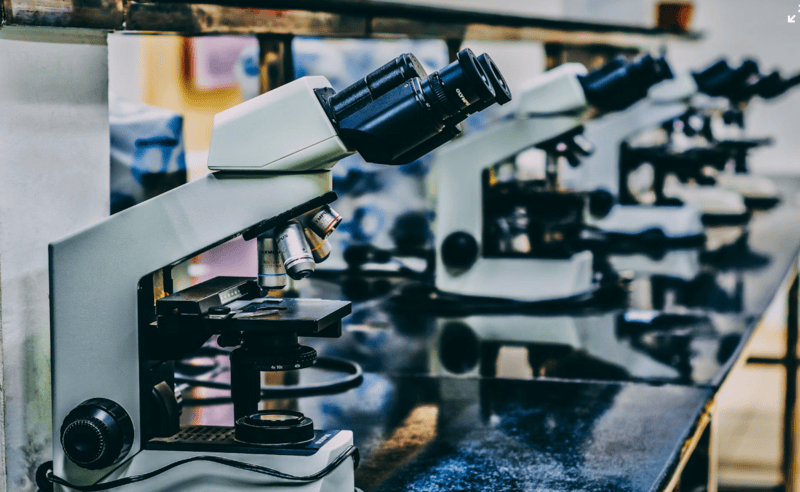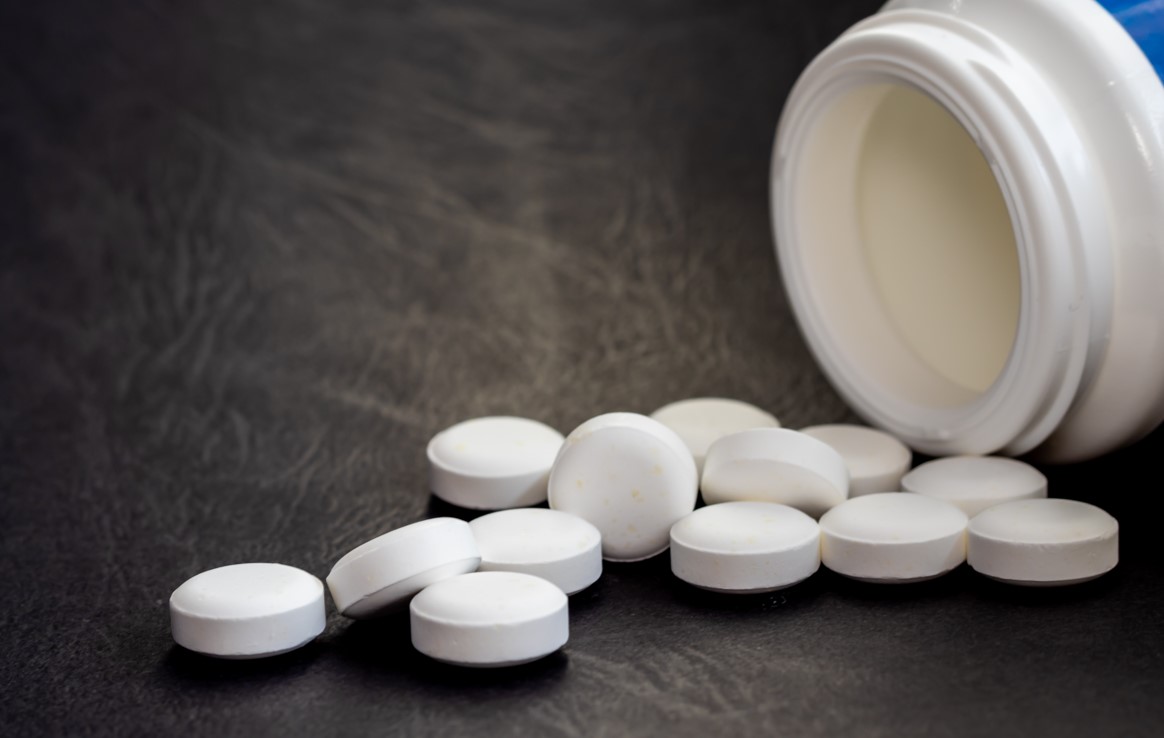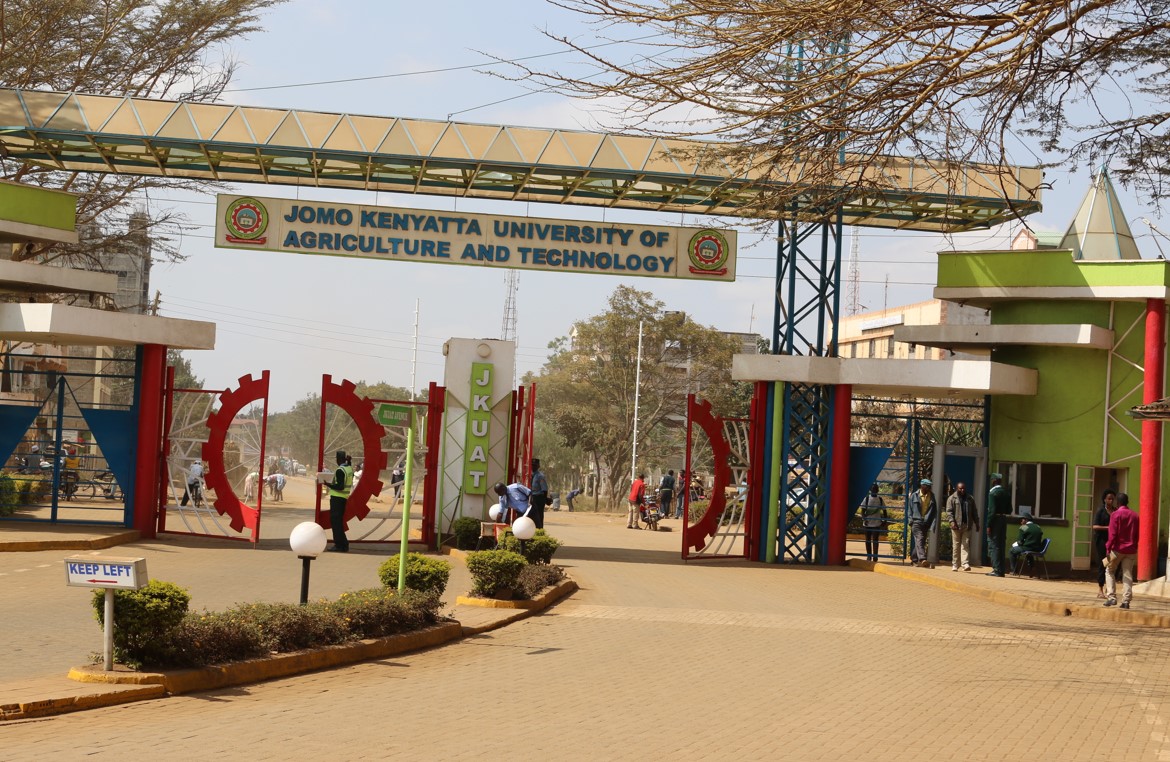Targeting disease with precision: The promise of LL-37 as therapeutic peptide

Researchers believe it’s a potentially compelling subject for exploration in various domains. The peptide’s structural versatility and hypothesised mechanisms of action suggest that it may hold promise in fields ranging from microbiology to biomaterials engineering.
A naturally occurring antimicrobial peptide is drawing increasing attention from researchers for its potential applications beyond fighting infections.
LL-37, a cationic antimicrobial peptide derived from the cathelicidin family, has garnered significant attention in scientific research due to its diverse properties and therapeutic potential. While traditionally associated with antimicrobial activity, investigations suggest that LL-37 may possess immunomodulatory, regenerative, and biofilm-disrupting impacts.
Researchers believe it’s a potentially compelling subject for exploration in various domains. The peptide’s structural versatility and hypothesised mechanisms of action suggest that it may hold promise in fields ranging from microbiology to biomaterials engineering.
Antimicrobial Research and Pathogen Interaction
Research indicates that LL-37 might exhibit broad-spectrum antimicrobial properties, potentially interacting with bacterial, fungal, and viral pathogens. The peptide’s amphipathic nature and cationic charge are theorised to facilitate its binding to microbial membranes, leading to membrane destabilisation. This mechanism has been hypothesised as a potential avenue for addressing antimicrobial resistance, a growing concern.
Studies suggest that, beyond its direct antimicrobial effects, LL-37 may contribute to microbial defence by impacting quorum-sensing pathways, which are crucial for bacterial communication and biofilm formation. Investigations suggest that LL-37 might interfere with biofilm integrity, potentially mitigating surface microbial colonisation. This property has led to speculation regarding its implication in environmental decontamination and industrial sterilisation processes.
Immunomodulatory and Inflammatory Research Implications
Studies suggest that LL-37 might impact immune system modulation, potentially influencing cytokine production and inflammatory responses. The peptide has been theorised to interact with immune cells, possibly impacting their activation and migration. This interaction may be relevant in conditions where immune dysregulation is a concern, such as chronic inflammatory disorders.
Additionally, LL-37 has been hypothesised to contribute to tissue repair mechanisms by influencing cellular proliferation and differentiation. Research indicates that the peptide might interact with extracellular matrix components, potentially facilitating wound healing and regenerative processes. These properties have led to speculation regarding their implications in biomaterials and tissue engineering.
Potential implications in biomaterials and nanotechnology
The structural characteristics of LL-37 have prompted investigations into its integration with biomaterials. Researchers have theorised that LL-37 might be incorporated into coatings for devices, potentially mitigating microbial contamination and biofilm formation. This approach may be particularly relevant in surgical environments where microbial resistance poses challenges.
Furthermore, LL-37 has been explored in nanotechnology-based exposure systems, where its amphipathic nature might support interactions with lipid-based carriers. Hypothetically, LL-37-functionalised nanoparticles may be relevant in laboratory settings for targeting microbial populations or modulating immune responses.
Environmental and Industrial Considerations
Beyond implications, LL-37 has been hypothesised to hold potential in environmental and industrial domains. Investigations purport that the peptide might be explored as an alternative to conventional disinfectants, particularly in settings where chemical agents pose limitations. The peptide’s endogenous origin and proposed minimal toxicity have led to speculation regarding its suitability for sensitive environments.
Additionally, LL-37 has been considered in agricultural research, where its antimicrobial properties might be leveraged to address plant-pathogen interactions. Studies suggest that LL-37 might impact microbial populations in soil ecosystems, potentially contributing to sustainable agricultural practices.
Exploration in Bioengineering and Synthetic Biology
Recent advancements in synthetic biology have sparked speculation about the potential engineering of LL-37 derivatives with better-supported stability and functionality. Researchers have hypothesised that modifying the peptide’s sequence might optimise its antimicrobial and immunomodulatory properties, potentially expanding its relevance in experimental settings.
Bioengineering approaches may also explore the integration of LL-37 into synthetic scaffolds for tissue regeneration. Investigations suggest that LL-37-functionalised biomaterials may facilitate cellular adhesion and proliferation, potentially contributing to advancements in regenerative science.
LL-37 in Computational Biology
With the rise of computational biology and artificial intelligence-driven discovery, LL-37 has been hypothesised as a candidate for predictive modelling in peptide-based research. Researchers have theorised that AI algorithms might be employed to analyse LL-37’s structural properties, potentially identifying novel derivatives with optimised antimicrobial and immunomodulatory impacts.
Additionally, computational simulations may explore LL-37’s interactions with microbial membranes, providing insights into its hypothesised mechanisms of action. These approaches might facilitate the development of peptide-based strategies for addressing antimicrobial resistance.
LL-37 in Space Biology and Extreme Environments
Investigations suggest that LL-37 may hold relevance in space biology, where microbial contamination poses significant challenges in closed environments. Researchers have hypothesised that LL-37-functionalised materials might be explored for microbial control in spacecraft and space habitats.
Furthermore, LL-37’s structural resilience has led to speculation regarding its potential implications in extreme environments, such as deep-sea ecosystems and high-radiation settings. Studies suggest that LL-37 might be examined for its interactions with extremophilic microorganisms, potentially contributing to astrobiology research.
Future Directions and Considerations
While LL-37 presents intriguing possibilities, further research is necessary to elucidate its mechanisms and optimise its implications. Investigations purport that structural modifications or synthetic derivatives might support stability and functionality in laboratory settings. Additionally, interdisciplinary collaborations may facilitate the development of LL-37-based technologies across diverse scientific domains.
As LL-37 research continues to expand, the peptide remains a compelling subject for exploration. Its multifaceted properties offer potential insights into antimicrobial strategies, immune modulation, and biomaterial innovation.
Top Stories Today
Reader Comments
Trending













































